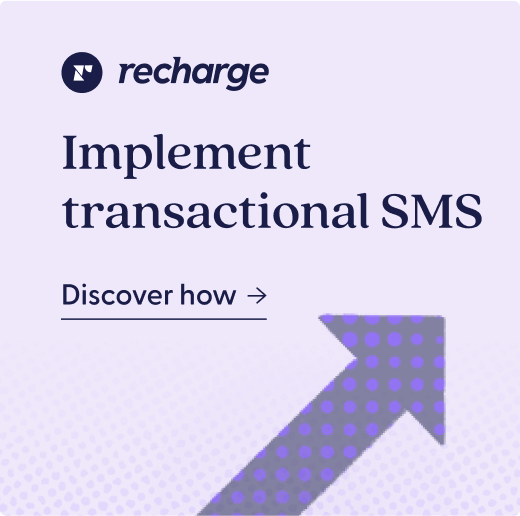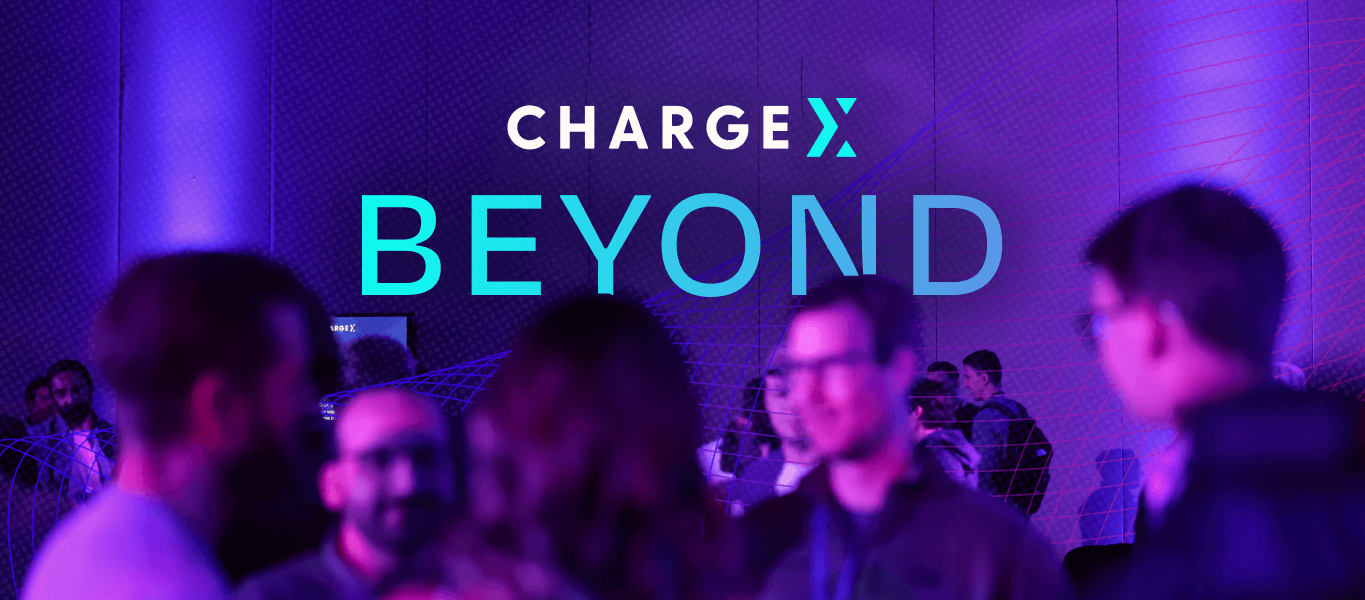According to Recharge’s 2022 State of Subscription Commerce report, in 2021, subscription merchants achieved up to 42% customer retention after 12 months—well above the average for ecommerce merchants in general.
The question is, why? For us, it’s all about the complexity of customer experience (CX). In this article, we’ll delve into what CX means for subscription brands and what Recharge merchants can do to curate exceptional experiences that increase retention.
What is customer experience (CX)?
In simple terms, CX is about how a customer feels before, during the purchase, and post-purchase.. With that in mind, it’s easy to see why CX is so complex for subscription-driven brands. The recurring cadence of customers’ purchases creates a greater number of touchpoints. The image below shows the “customer experience wave” according to AG Consult:
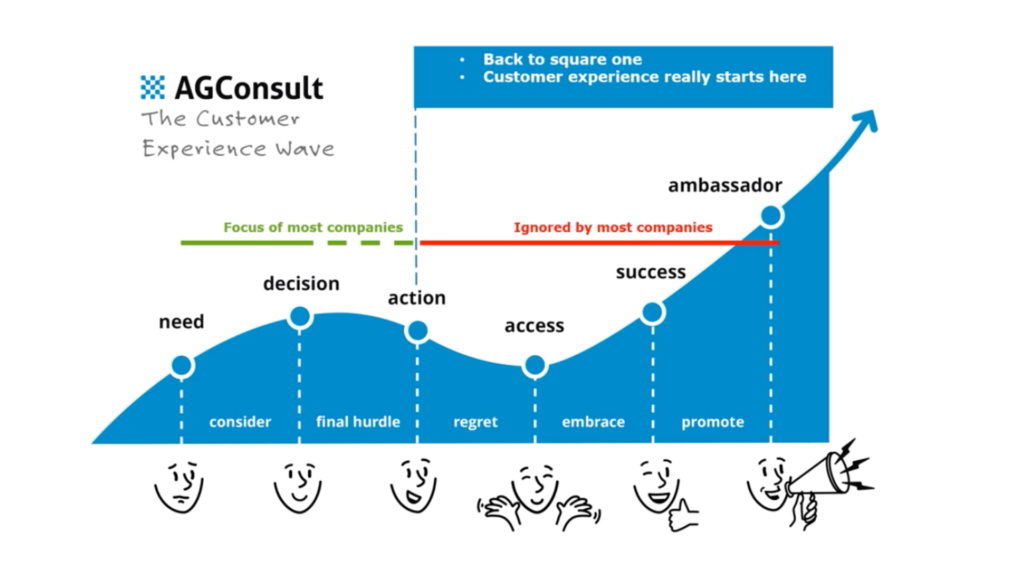
Focusing on the later stages of the customer experience is even more crucial for subscription brands, as the need to get a customer beyond the “regret” phase happens monthly or weekly. The key to providing exceptional customer experiences for subscription brands is to make sure that touchpoints from the brand mitigate customers’ fears and extend positive feelings around subscriptions that convert to actions like more purchases, increased retention, and greater brand evangelism.
How can you measure CX?
In ecommerce, we tend to focus heavily on quantitative data, whether that’s average order value (AOV), conversion rate, or sales. For subscription brands, while churn or retention rate is important, a focus on CX means looking deeper into customers’ long-term impact on a business and measuring their feelings through qualitative data and deeper analysis.
Customer lifetime value (CLV), or lifetime value (LTV), provides the deeper quantitative analysis. At Blend, we measure it in this way:

Measuring performance in this way allows brands to truly understand the financial benefit of each customer to the business, and pull the various levers needed to improve longer-term value to the business.
Combining the CLV of each customer with qualitative data such as net promoter score (NPS) and breaking down customers into RFM (recency, frequency, and monetary) segments helps brands see where CX needs to be improved. In essence, using the CX and CLV model moves away from the traditional model of “who is our target persona” to “who are the most profitable customers long term and how do they buy?”.
For single product brands, it can sometimes be trickier to create the meaningful touchpoints that add to CX. Moving towards a subscription-based model can be a way of doing this, and in turn, increasing CLV.
How can brands improve CX through subscriptions?
Recharge’s 2022 State of Subscription Commerce report showed us the popularity of different types of ecommerce integrations among merchants of various product verticals. As shown here, customer support integrations are among the most frequently used across verticals:
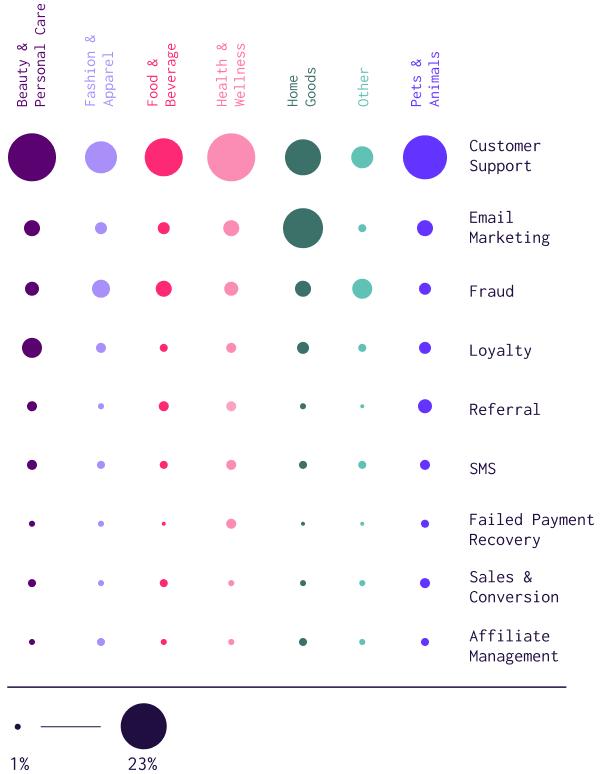
Going further, we also learned from the report that research shows that enabling transactional SMS communication can increase customer LTV by up to 30%. With this in mind, single purchase brands who are using SMS integrations already can do so to improve their CX, and in turn, their CLV.
For example, let’s take a protein bar brand who currently sells single bars and packs of 4. By launching a simple subscribe-and-save option, they have the ability to:
- Have a reason for Customer Support to reach out more frequently to gain feedback
- Upsell to subscription customers who access support related to their subscription
- Send more frequent transactional and support emails relating to when/what to expect with the subscription
- Use SMS initially for informational purposes, which will allow more sales-focused SMS once the customer becomes used to interacting with the brand on that channel
In summary, brands that begin using subscriptions have the ability to increase monthly recurring revenue (MRR) and improve CX for longer-term retention and CLV growth.
Strategies for curating an exceptional customer experience with subscriptions
Thinking about the simple concept of how customers feel before, during, and after the sale, here are three examples from Recharge merchants on how to provide exceptional customer experience.
Before: Hunter & Gather’s onsite quiz integrated with Recharge
Hunter & Gather is a UK-based condiments and supplements brand for those following a range of specialist diets. For customers visiting their store for the first time, attempting to find the products that are right for them in terms of diet, taste, and lifestyle could be tricky.
In order to help customers find the products that are right for them, Hunter & Gather uses Octane AI and Shoppable Quiz to ask a series of questions that direct the customer to the most appropriate subscription:
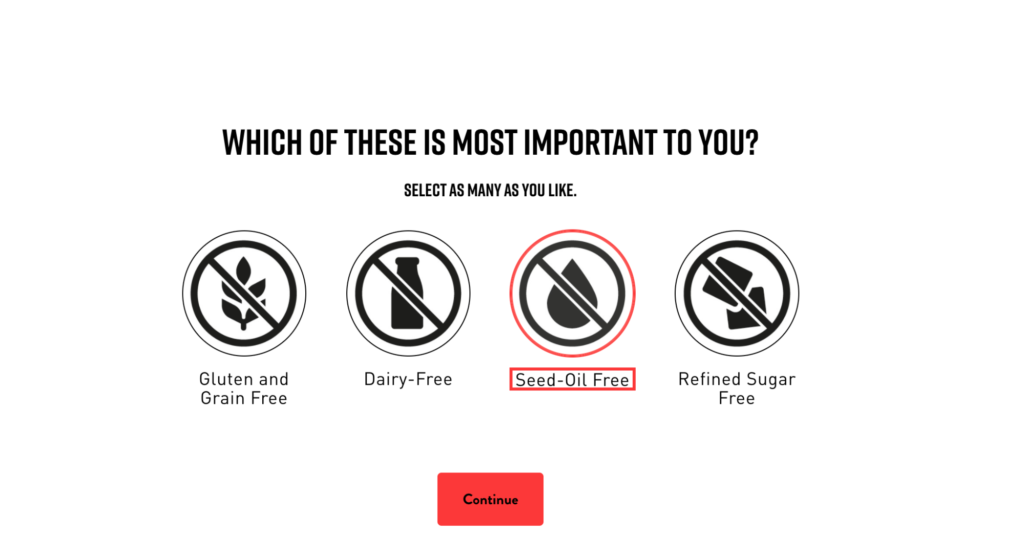
By selecting these options, the customer is provided with:
- Appropriate subscription recommendations based on their needs (using the Recharge and Octane AI integration)
- Personalized welcome flow emails (using the Klaviyo and Octane AI integration)
To find out more about how Hunter & Gather used this approach, read our case study.
During: Culprit Underwear’s simple subscription setup
Culprit designs durable, flattering, comfortable undergarments with colors that won’t run, fabric that won’t pill, and edgy patterns that are undeniably original. They wanted to make the setup of their subscription service easy, quick, and simple.
With this approach, the customer is provided with:
- A simple UX that clearly shows the products
- An easy-to-use and customizable process for starting a subscription
- A clear space for subscriptions versus being unsure to buy a single product
To find out more about how Culprit focused on CX with Recharge, read Recharge’s customer story.
After: Theo’s post-purchase Klaviyo flow with Recharge integration
Theo is on a mission to create a more beautiful, compassionate, and enduring world by responsibly making delicious and inspiring products for everyone. Using Recharge and Klaviyo, they created a post-purchase flow that used key data from both Recharge and Klaviyo to personalize the experience for their customers.
With this approach, the customer is provided with:
- Less generic emails, showing a point of difference in the inbox
- More informed messages and relevancy
To find out more about Theo, read Recharge’s customer story.

